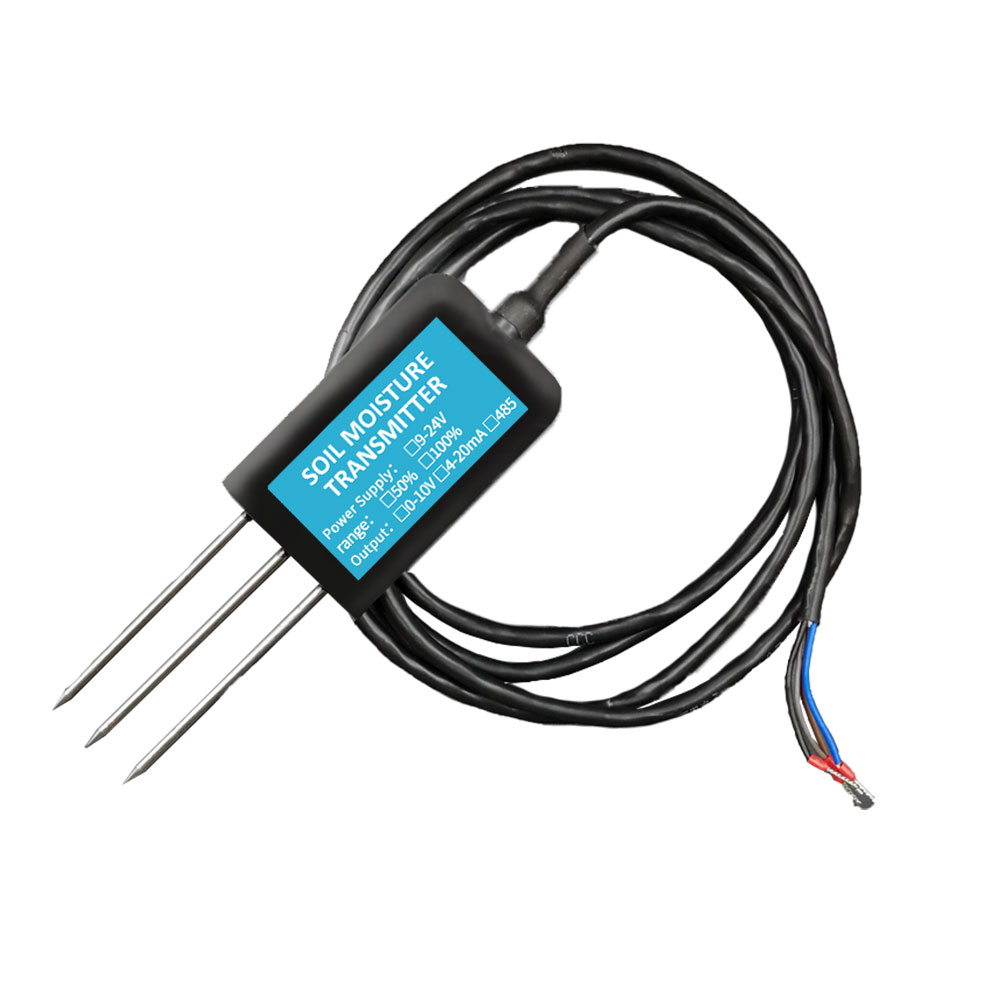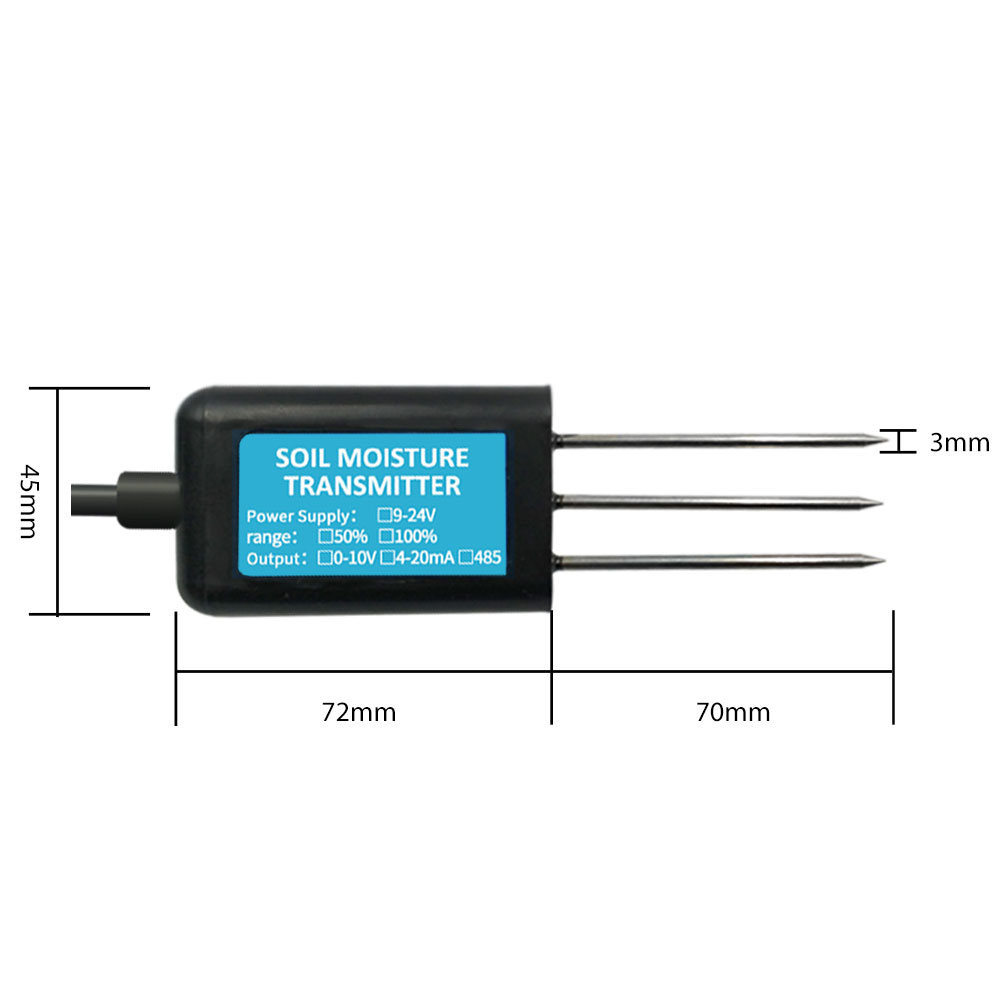Irrigation is a crucial component of modern agriculture as it supplements natural precipitation to ensure that crops are provided with enough water to grow and produce high yields. However, irrigation can also have negative environmental impacts, such as soil salinization and water depletion. Therefore, efficient irrigation practices are necessary to minimize these impacts while maximizing crop production.

Soil moisture sensors have become increasingly popular in agriculture as they provide an accurate and efficient way to manage irrigation. Soil moisture sensors measure the amount of moisture in the soil, allowing farmers to adjust irrigation accordingly and to avoid over or under-watering. This results in improved plant growth, reduced water usage, increased yield, and lower environmental impact.
Prior to implementing soil moisture sensors, the farmer used a combination of visual inspection and weather data to determine when and how much to irrigate. This approach led to inconsistent water application and resulted in suboptimal growth and yield. Additionally, the farmer was over-irrigating, resulting in water waste and increased environmental impact.
After consulting with an agricultural technology specialist, the farmer decided to install soil moisture sensors throughout their orchards. The sensors provided continuous real-time data on soil moisture levels, which allowed the farmer to make informed decisions about irrigation timing and volume.
The farmer set up automated alerts to notify them when soil moisture levels reached a predetermined threshold. They also used the data to schedule irrigation during cooler hours to minimize evaporation and water loss.
Over the course of the growing season, the farmer saw a significant improvement in crop growth and yield. They were able to reduce the amount of water used by 30% while increasing yields by an average of 15%. Additionally, they reported improved soil health and reduced environmental impact, as they were no longer over-irrigating.
Using soil moisture sensors to optimize irrigation has numerous benefits for farmers and the environment. It allows for more precise and efficient water usage, resulting in higher crop yields and reduced environmental impact. Additionally, it can help farmers save money on water usage and reduce the risk of crop loss due to under or over-watering.
In conclusion, the case study discussed above highlights the importance of optimizing irrigation practices with soil moisture sensors. By implementing this technology, the farmer was able to achieve significant improvements in yield, reduce water usage, and minimize environmental impact. As such, soil moisture sensors should be considered an essential component of modern agriculture.






